By Asia Batey, special to Charleston Currents | Preserve the Gullah has been a three-year effort which all started when three North Charleston locals were introduced to the Sol Legare area, and with the help of their mentor, discovered the wealth of knowledge and history within this small, hidden community.
In 2015 in the midst of statewide flooding and the subsequent damage to the cookie-cutter subdivisions and businesses throughout Charleston, Willie Heyward, Asia Batey and Milton Tyus witnessed homes built many decades ago — by hand, mind you — barely chip a single bit.
Within the first week of moving to the area, they met families who still gardened and ate from the land. They were taught how to dig up dandelion root and learned of its health benefits, and they discovered that lemon and lavender are perfectly functioning natural mosquito repellents.


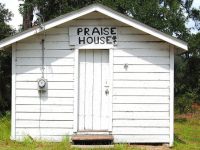
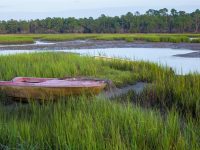

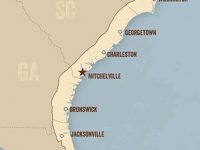

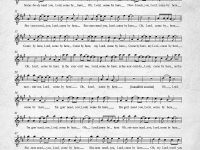
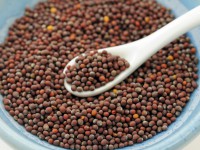

 We Can Do Better, South Carolina!
We Can Do Better, South Carolina!

























Recent Comments